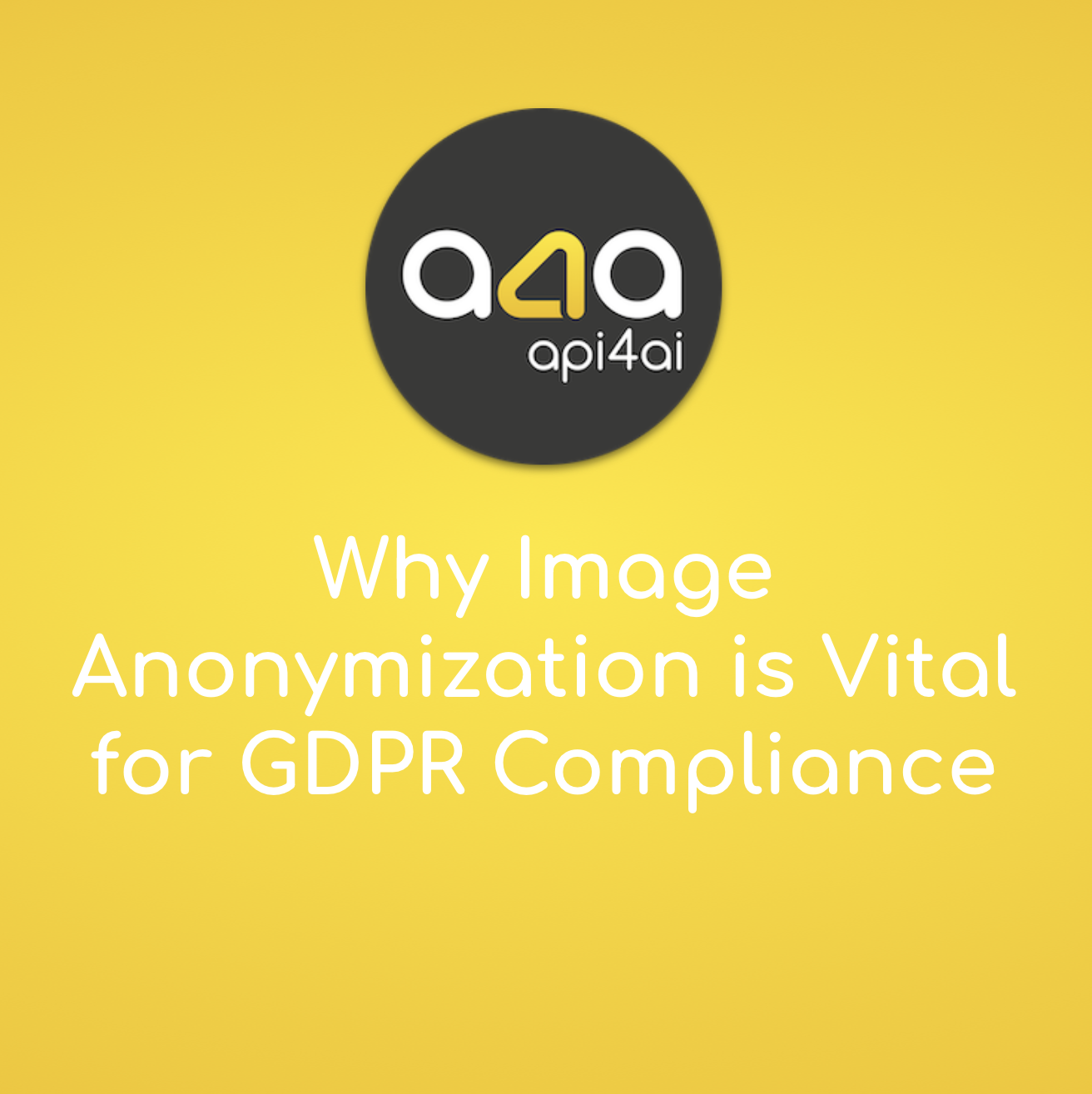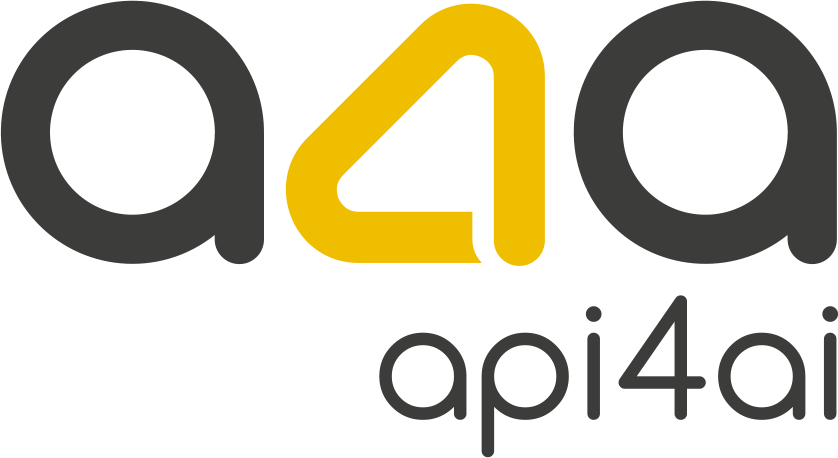
Why Image Anonymization is Vital for GDPR Compliance
In today’s digital world, businesses collect and process vast amounts of image-based data — whether through security cameras, user-generated content or AI-powered analytics. However, GDPR and other privacy regulations classify identifiable visual data as personal information, meaning companies must take extra steps to ensure compliance.
Image anonymization is one of the most effective ways to safeguard privacy while still utilizing valuable image data. By removing or obscuring personal identifiers such as faces, license plates and background details, businesses can continue leveraging visual data without violating data protection laws.
Traditional manual anonymization methods are slow, error-prone and difficult to scale, making them impractical for modern businesses. AI-powered anonymization solutions offer a fast, accurate and automated approach, ensuring compliance while maintaining data usability. From surveillance and healthcare to e-commerce and social media, AI-driven image anonymization is becoming a necessity for industries that rely on visual data processing.
As privacy regulations evolve, businesses that integrate AI-driven anonymization solutions today will be better equipped to handle future compliance challenges while protecting user trust and minimizing legal risks.
